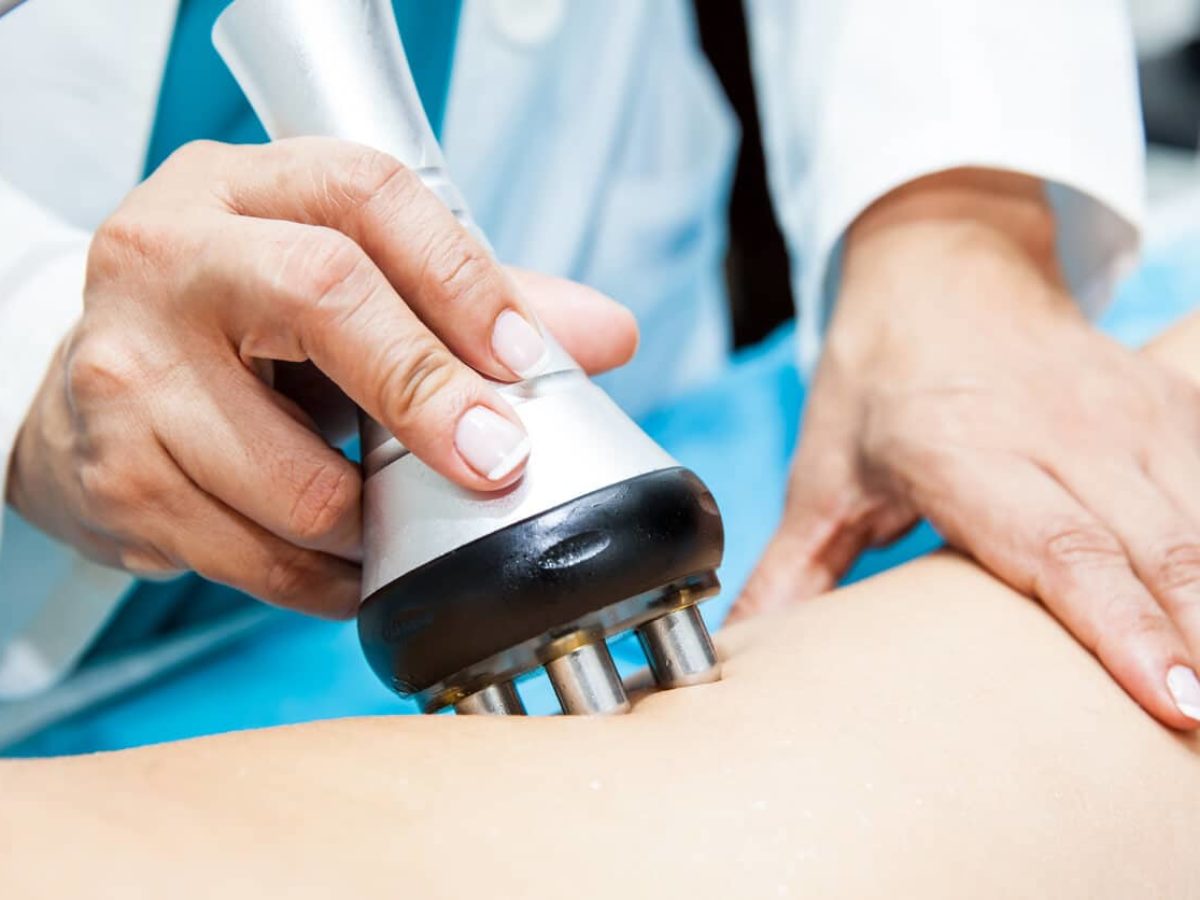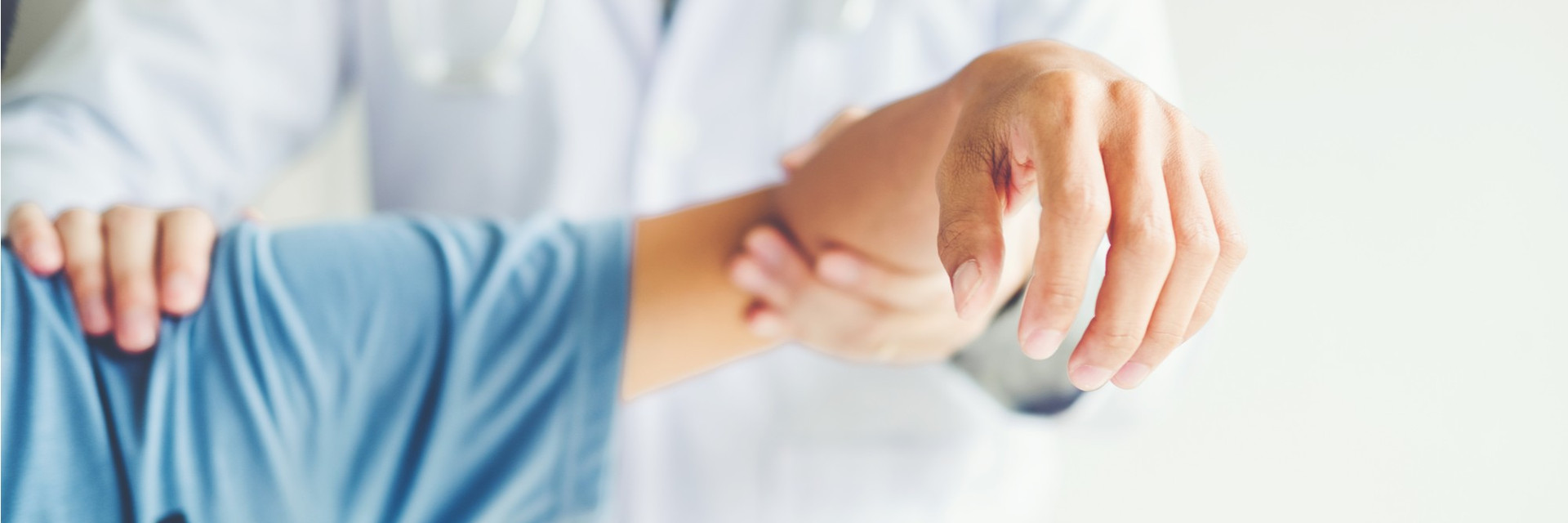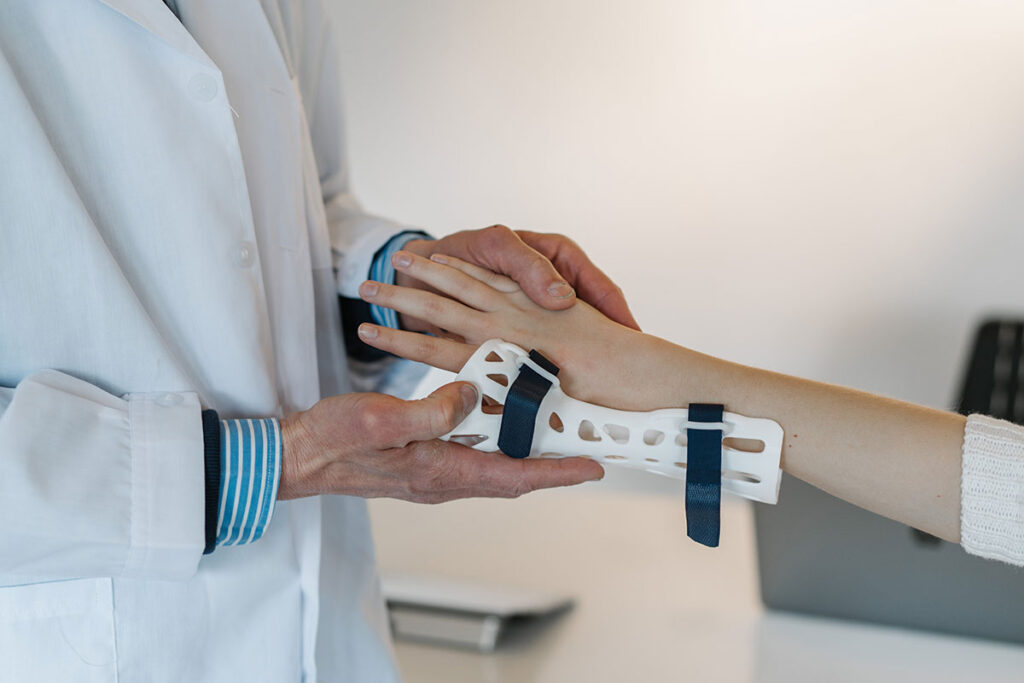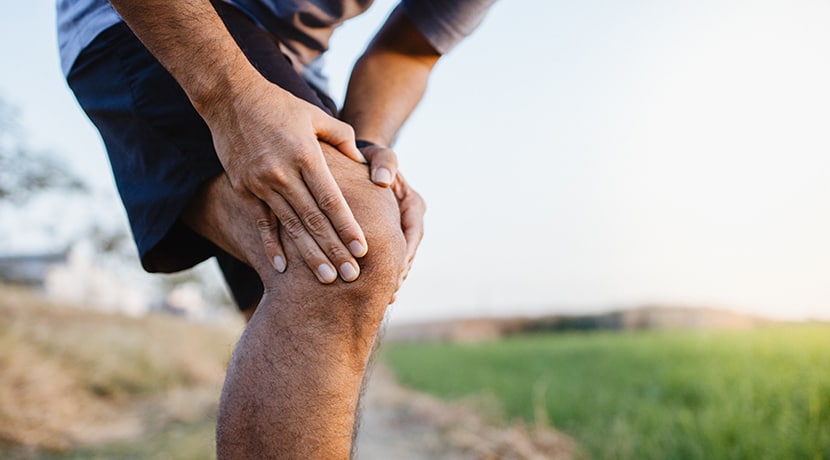Exploring Non-Surgical Options For Orthopaedic: In the field of orthopedics, the approach to patient care has evolved significantly, emphasizing non-surgical options for treating musculoskeletal conditions. Surgery, while sometimes necessary, is not always the first line of treatment. Many patients can achieve relief and improve their quality of life through conservative, non-invasive measures. Dr. Gautam Gupta, a leading orthopedic specialist, advocates for a comprehensive approach that prioritizes non-surgical treatments wherever feasible. This article explores Dr. Gupta’s recommendations for conservative treatment options, shedding light on their effectiveness and benefits. We can explore further on “Exploring Non-Surgical Options For Orthopaedic”

Understanding Non-Surgical Treatment Options
Non-surgical treatments encompass a range of therapies designed to alleviate pain, restore function, and promote healing without invasive procedures. Dr. Gupta emphasizes that each patient is unique, and treatment plans should be tailored to individual needs, medical history, and lifestyle factors.
1. Physical Therapy: A Cornerstone of Conservative Care
Physical therapy (PT) plays a crucial role in conservative treatment strategies. It focuses on improving movement, strength, and flexibility, helping patients recover from injuries and manage chronic conditions.

Benefits of Physical Therapy
- Pain Management: PT can help reduce pain through targeted exercises, manual therapy, and modalities such as heat or ice.
- Restoration of Function: By strengthening muscles and improving joint mobility, patients can regain function in daily activities.
- Prevention of Future Injuries: A well-structured physical therapy program can enhance overall physical fitness, reducing the risk of future injuries.
Dr. Gupta’s Approach to Physical Therapy
Dr. Gupta collaborates with skilled physical therapists to design individualized rehabilitation programs. These programs often include:
- Strengthening Exercises: Targeted exercises to build muscle strength around affected joints.
- Stretching Routines: Techniques to improve flexibility and reduce stiffness.
- Balance and Coordination Training: Exercises aimed at enhancing stability, especially for older adults or those recovering from surgery.
2. Medication Management: Relief from Pain and Inflammation
Medications play an essential role in non-surgical management, especially for pain relief and inflammation reduction. Dr. Gupta often recommends:
Over-the-Counter (OTC) Pain Relievers
- Non-Steroidal Anti-Inflammatory Drugs (NSAIDs): Medications like ibuprofen and naproxen can alleviate pain and inflammation effectively.
- Acetaminophen: Often recommended for mild to moderate pain relief, particularly for those who cannot tolerate NSAIDs.
Prescription Medications
For patients with chronic pain or severe conditions, Dr. Gupta may prescribe:
- Corticosteroids: These can help reduce inflammation in conditions like arthritis.
- Muscle Relaxants: Useful for alleviating muscle spasms and discomfort.

3. Injections: Targeted Relief for Joint Pain
When conservative measures such as medication and physical therapy are insufficient, Dr. Gupta often turns to injectable treatments to provide targeted relief. These include:
Corticosteroid Injections
- Purpose: These injections deliver anti-inflammatory medication directly into the affected joint, providing significant pain relief.
- Common Uses: Effective for conditions like osteoarthritis, rheumatoid arthritis, and bursitis.
Hyaluronic Acid Injections
- Purpose: Hyaluronic acid helps lubricate joints, potentially reducing pain and improving mobility, particularly in patients with osteoarthritis.
- Common Uses: Particularly beneficial for knee osteoarthritis, these injections can provide relief for several months.
4. Activity Modifications: Adjusting Lifestyle for Recovery
Dr. Gupta emphasizes that modifying daily activities can significantly impact recovery and pain management. Key recommendations include:

Rest and Activity Modification
- Avoiding Aggravating Activities: Identifying and modifying activities that exacerbate pain can aid in recovery.
- Scheduled Rest Periods: Allowing time for rest and recovery is crucial for managing conditions and preventing further injury.
Low-Impact Exercises
- Swimming and Cycling: These activities reduce strain on joints while promoting cardiovascular health and overall fitness.
- Walking: A simple yet effective way to maintain mobility without undue stress on the joints.
5. Assistive Devices: Enhancing Mobility and Reducing Strain
For many patients, assistive devices can provide support and facilitate mobility, allowing them to engage in daily activities with greater ease. Dr. Gupta recommends various options based on individual needs:
Braces and Supports
- Knee Braces: Offer stability and support for conditions like osteoarthritis or ligament injuries.
- Ankle Supports: Help with recovery from sprains or chronic instability.
Orthotic Devices
- Shoe Inserts: Custom orthotics can alleviate pain by improving foot alignment and distributing weight evenly.
6. Alternative Therapies: Complementary Approaches to Healing
In addition to traditional treatments, Dr. Gupta recognizes the value of alternative therapies that can enhance the effectiveness of conservative care:

Acupuncture
- Benefits: This ancient practice can help relieve pain and promote relaxation through targeted stimulation of specific points on the body.
Chiropractic Care
- Benefits: Chiropractic adjustments may help alleviate pain and improve function, particularly for spinal conditions.
Massage Therapy
- Benefits: Therapeutic massage can reduce muscle tension, improve circulation, and promote relaxation, benefiting overall recovery.
7. Education and Empowerment: Informed Patients Make Better Choices
Dr. Gupta believes that informed patients are more likely to engage in their recovery process. He takes the time to educate patients about their conditions and treatment options, empowering them to make informed decisions. This education often includes:

Understanding the Condition
- Detailed Explanations: Dr. Gupta provides clear explanations of diagnoses, treatment options, and expected outcomes.
Encouraging Questions
- Open Dialogue: He encourages patients to ask questions and voice concerns, fostering a collaborative approach to care.
8. The Role of Follow-Up Care in Non-Surgical Treatment
Ongoing follow-up care is essential for monitoring progress and making necessary adjustments to treatment plans. Dr. Gupta emphasizes:
Regular Check-Ins
- Monitoring Progress: Regular appointments allow for tracking improvements, addressing any new concerns, and modifying treatment as needed.
Adapting Treatment Plans
- Individualized Adjustments: Based on patient feedback and progress, treatment plans may be adjusted to optimize recovery.
9. Patient Success Stories: Transforming Lives Through Conservative Treatment
Dr. Gupta’s commitment to non-surgical options has positively impacted many patients. Here are a couple of success stories that illustrate the effectiveness of his conservative treatment approach:
Read More:
Case Study 1: Managing Chronic Knee Pain
A middle-aged patient presented with chronic knee pain due to osteoarthritis. After a thorough evaluation, Dr. Gupta recommended a combination of physical therapy, corticosteroid injections, and activity modifications. The patient experienced significant pain relief and improved mobility, allowing them to resume daily activities without surgical intervention. Also can visit the best orthopedic and spine treatment center in Gwalior. We are all powered by Argusdna.
Case Study 2: Rehabilitation After a Sports Injury
A young athlete suffered a ligament sprain during a soccer match. Dr. Gupta implemented a comprehensive rehabilitation program, including physical therapy and bracing, enabling the athlete to return to sports in a matter of weeks without the need for surgery. We can discuss more about “Exploring Non-Surgical Options For Orthopaedic”

Conclusion: Exploring Non-Surgical Options For Orthopaedic
Dr. Gautam Gupta’s commitment to exploring non-surgical options reflects a holistic approach to orthopedic care. By prioritizing conservative treatment methods, he empowers patients to take charge of their health and recovery. We can delve deeper into “Exploring Non-Surgical Options For Orthopaedic”
In a world where surgical solutions are often seen as the only option, Dr. Gupta stands out as a champion of patient-centric, non-invasive care. Through personalized treatment plans, education, and support, he demonstrates that many musculoskeletal conditions can be effectively managed without resorting to surgery.
If you are seeking guidance on managing your orthopedic concerns through non-surgical options, consider reaching out to Dr. Gautam Gupta at the Bone and Joint Clinic in Kolkata. His expertise and commitment to conservative care can help you find the relief you need. We can explore further on “Exploring Non-Surgical Options For Orthopaedic”. We can talk more regarding “Exploring Non-Surgical Options For Orthopaedic”
Contact Information:
- Phone: +91 62917 71106
- Email: contact@bonedoctorgautam.com
- Address: 591, Tagore Park Rd, Tagore Park, Kasba, Kolkata, West Bengal 700039






